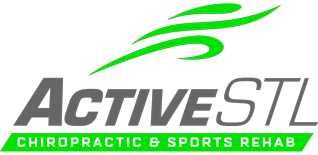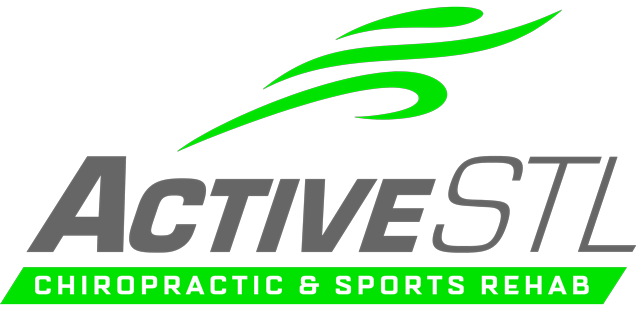The Power of Cardiovascular and Strength Training.
In today’s fast-paced world, stress is practically unavoidable. Whether it stems from work, relationships, or simply juggling daily responsibilities, chronic stress can take a serious toll on your physical and mental health.
But here’s the good news — you don’t have to meditate on a mountaintop to find relief.
One of the most effective (and underrated) ways to manage stress is through daily movement, especially cardiovascular exercise and resistance training.
Why Movement Helps You Stress Less
When we move, our bodies release endorphins — feel-good chemicals that help improve mood and reduce the perception of pain.
Think of them as your body’s natural stress relievers. Regular physical activity also lowers levels of the body’s stress hormones, such as adrenaline and cortisol.
Cardiovascular exercise (like walking, running, swimming, or cycling) increases blood flow, improves brain function, and boosts heart health — all of which contribute to a more balanced nervous system and better resilience against daily stressors.
Resistance training, on the other hand, builds more than just muscle. It enhances strength, improves posture, supports bone density, and provides a healthy outlet to physically “work out” tension stored in the body. Lifting weights or doing bodyweight exercises like squats and push-ups creates a sense of control and confidence, both crucial in combating anxiety and low mood.
Aging Well Starts with Staying Active
As we age, our bodies naturally undergo changes — muscle mass declines, metabolism slows, and heart function can weaken. But the right kind of movement can slow, and in many cases reverse, these effects.
Maintaining cardiovascular health as we age helps reduce the risk of chronic diseases like hypertension, diabetes, and stroke. It also improves circulation and supports brain health, protecting against cognitive decline.
At the same time, strength training becomes essential for maintaining independence. It supports joint stability, balance, and helps prevent falls, one of the leading causes of injury in older adults. Plus, muscle mass plays a critical role in metabolic health and insulin sensitivity.
3 Key Statistics
-
Regular physical activity reduces the risk of depression by up to 30% (World Health Organization, 2022).
-
After the age of 30, adults lose 3–5% of muscle mass per decade unless they engage in regular strength training (Harvard Health). This has a strong correlation with disability, increased fall rate, and a reduction in lifespan.
-
Cardiorespiratory fitness is a stronger predictor of mortality than smoking, diabetes, or hypertension (JAMA Network, 2018).
Fall Prevention
Nearly 40% of people over the age of 70 fall at least ONCE, and 1 in 5 of these falls result in serious injury.
The good news is that you do not have to get weaker as you age. There is a growing amount of research supporting that fall rates can be appreciably reduced with simple exercise interventions. IF this is something that is of interest, reach out and learn more.
Check out our fall prevention exercises video on YouTube.
Managing stress doesn’t always require drastic changes — it can be as simple as a brisk 20-minute walk, a few sets of resistance exercises, or a light jog.
Movement is medicine.
Whether you’re in your 30s or your 70s, prioritizing both cardiovascular and strength training can help you manage stress more effectively, boost your mood, and set yourself up for a healthier future.


